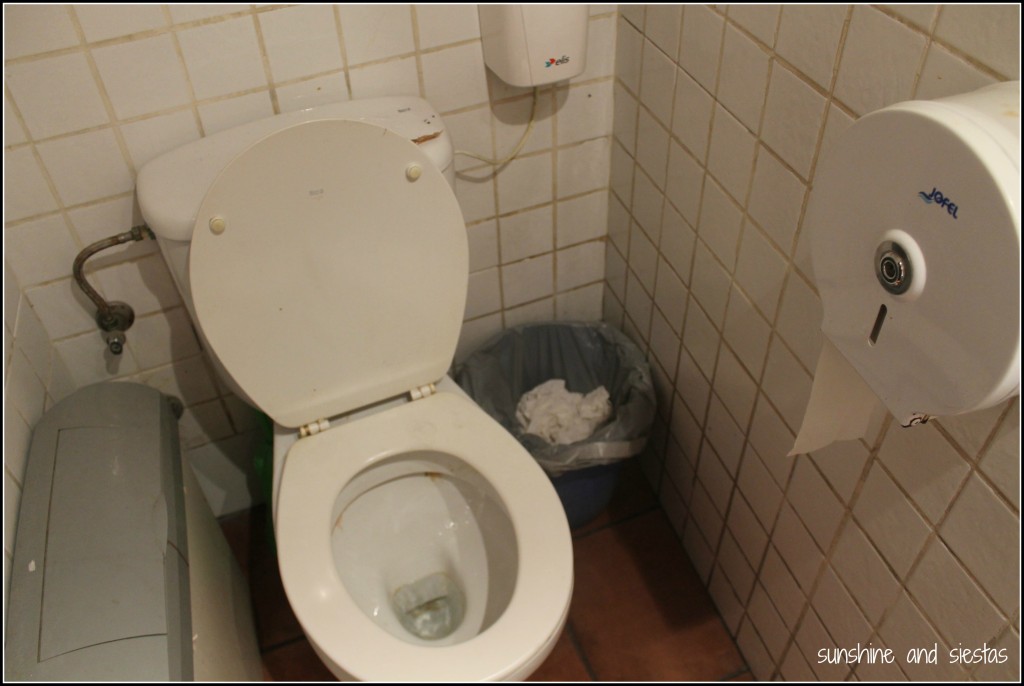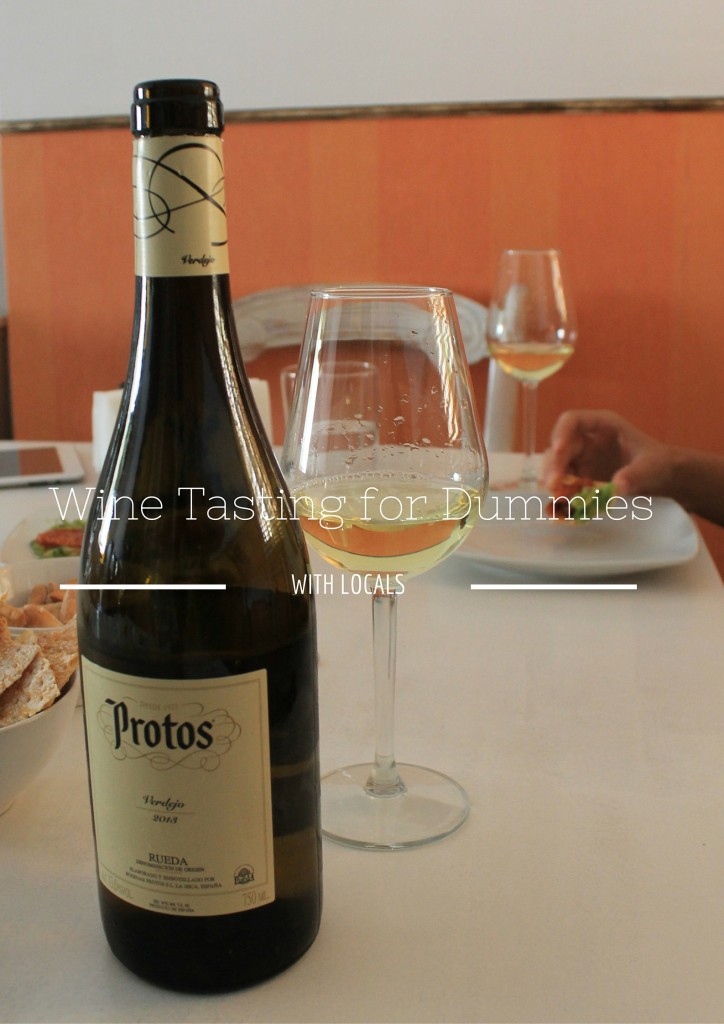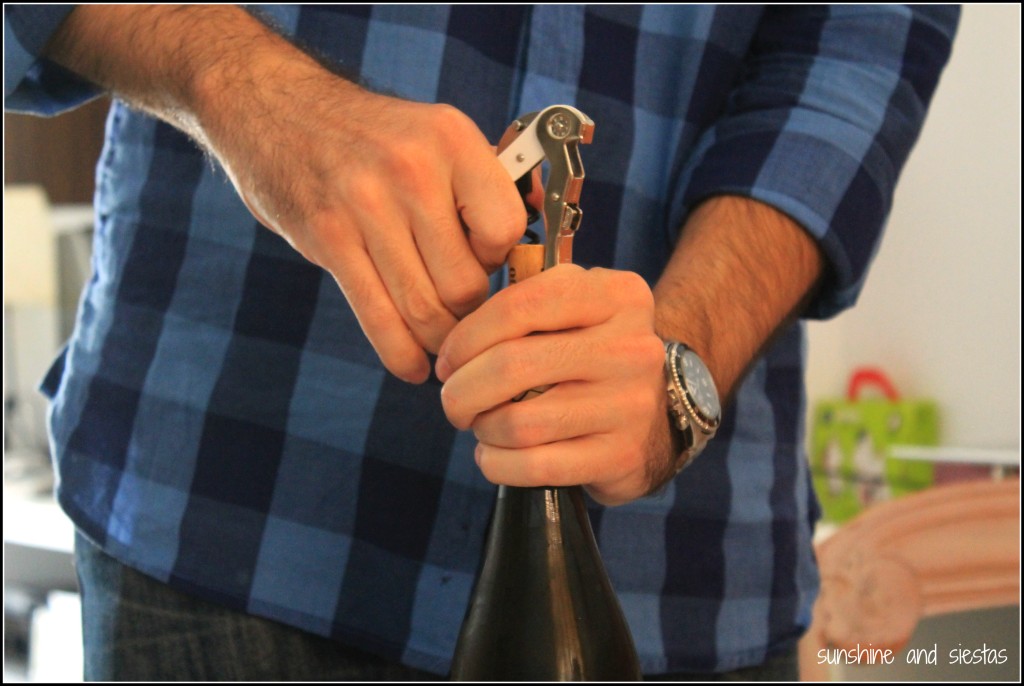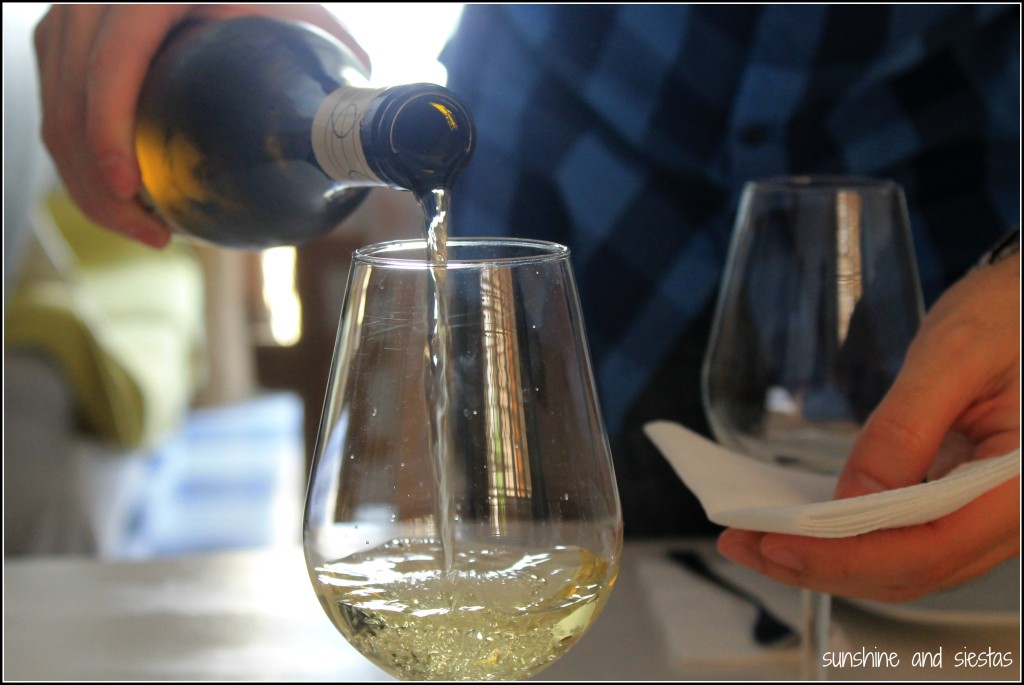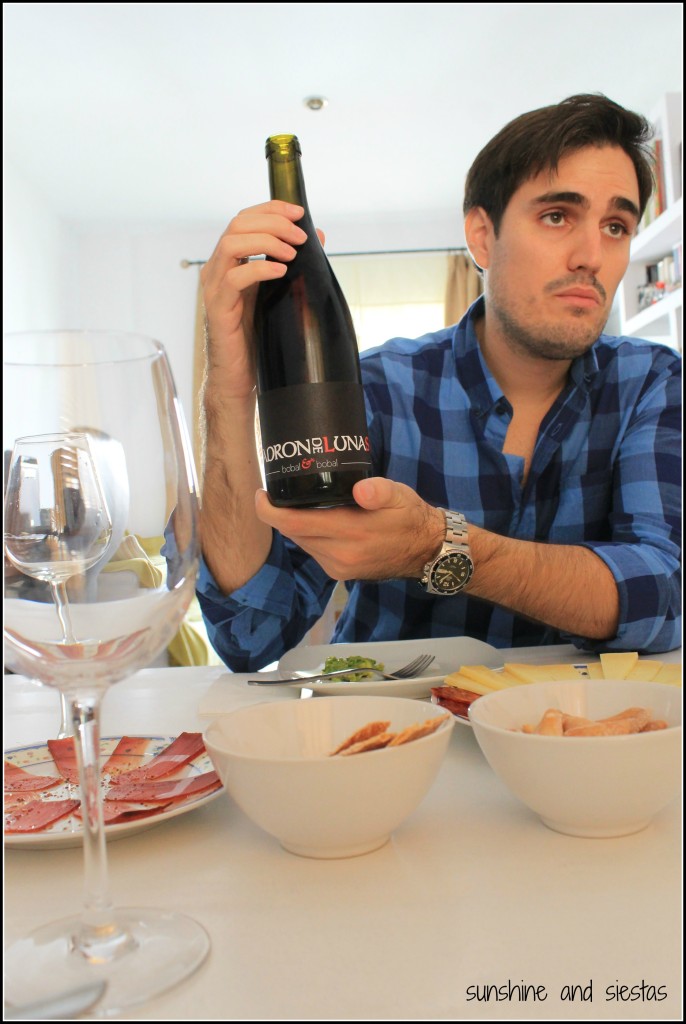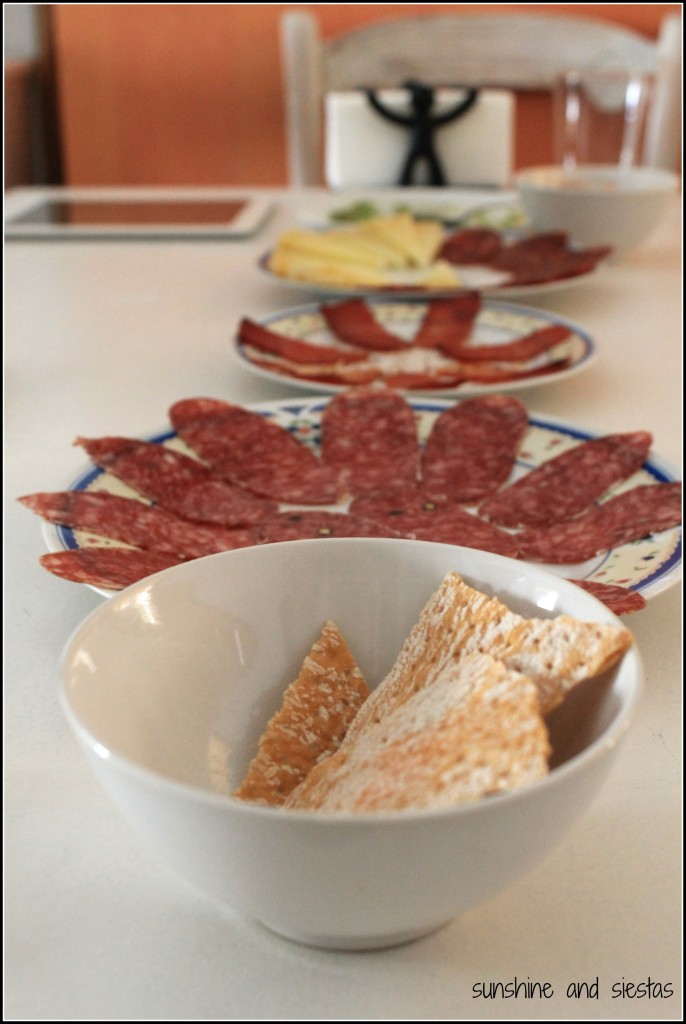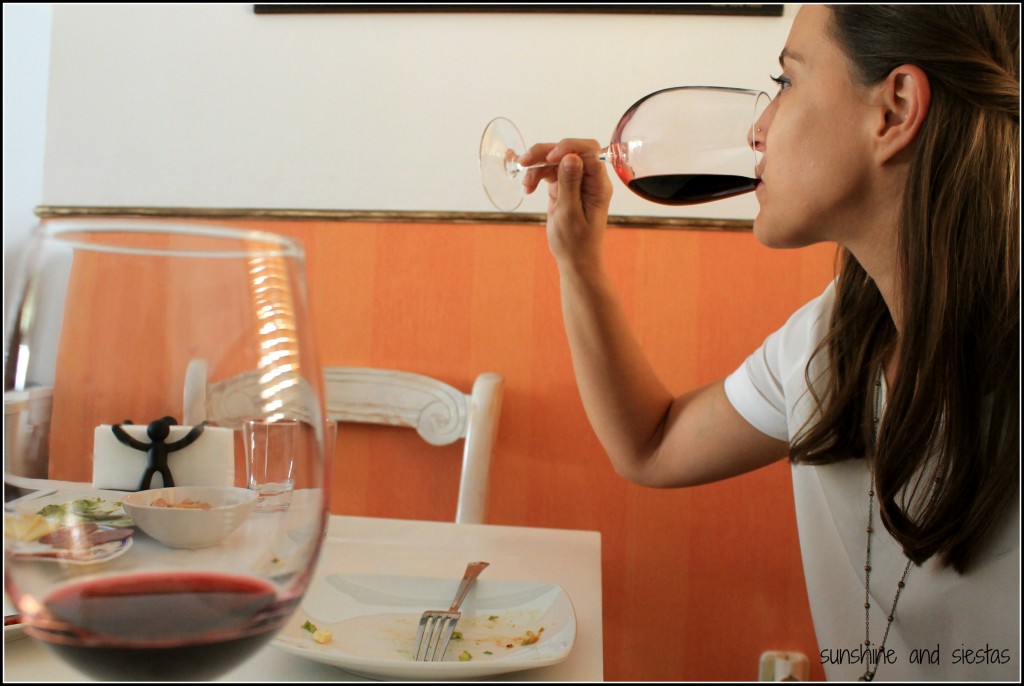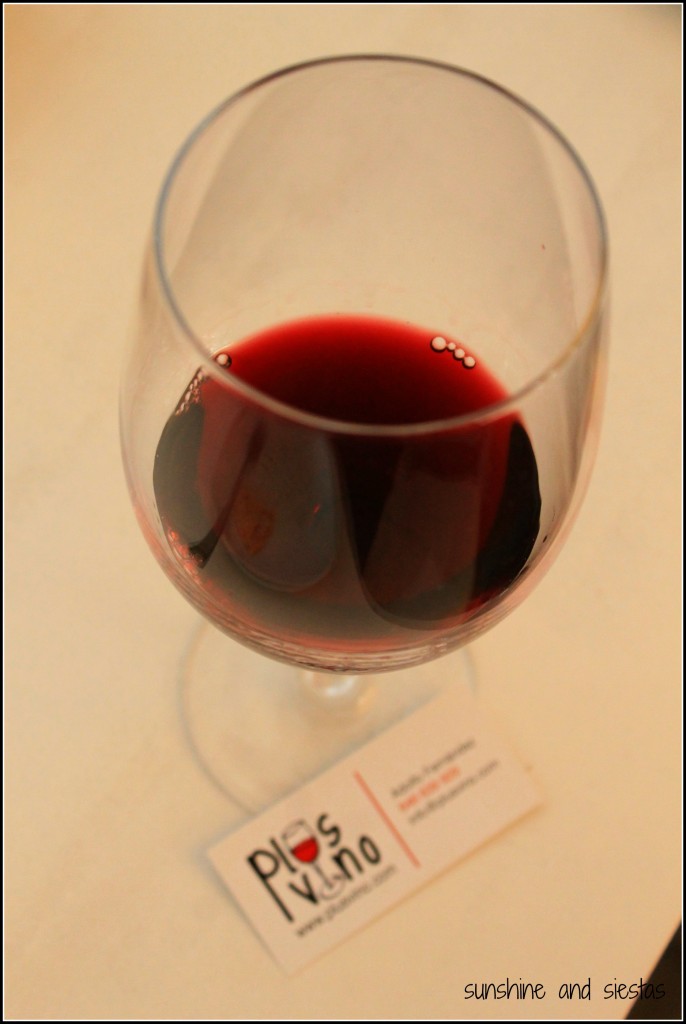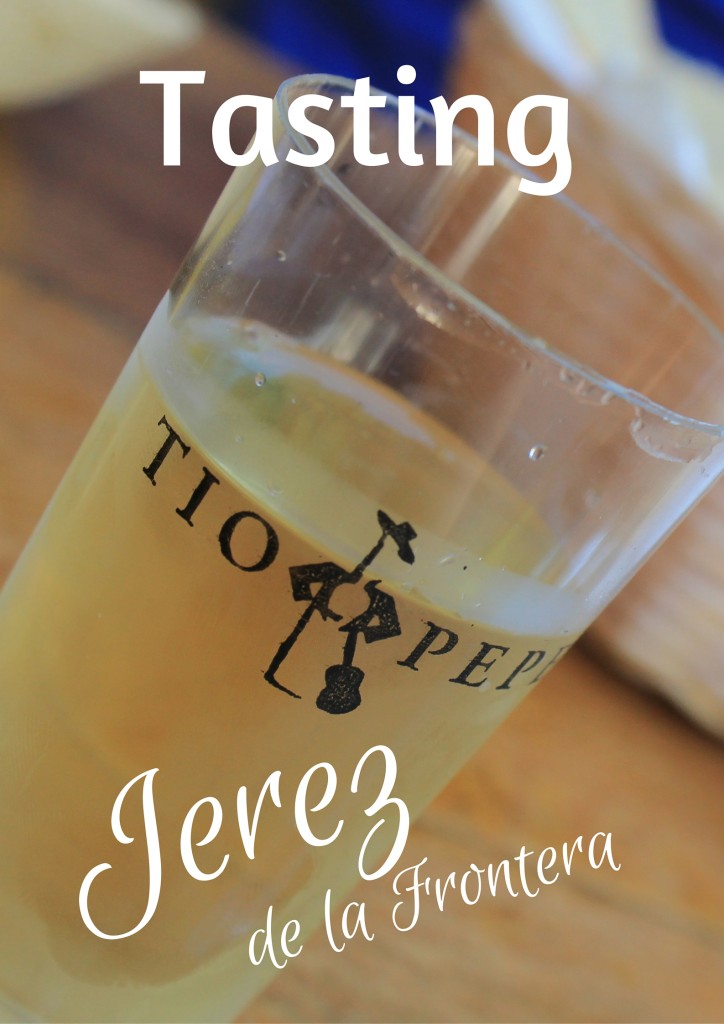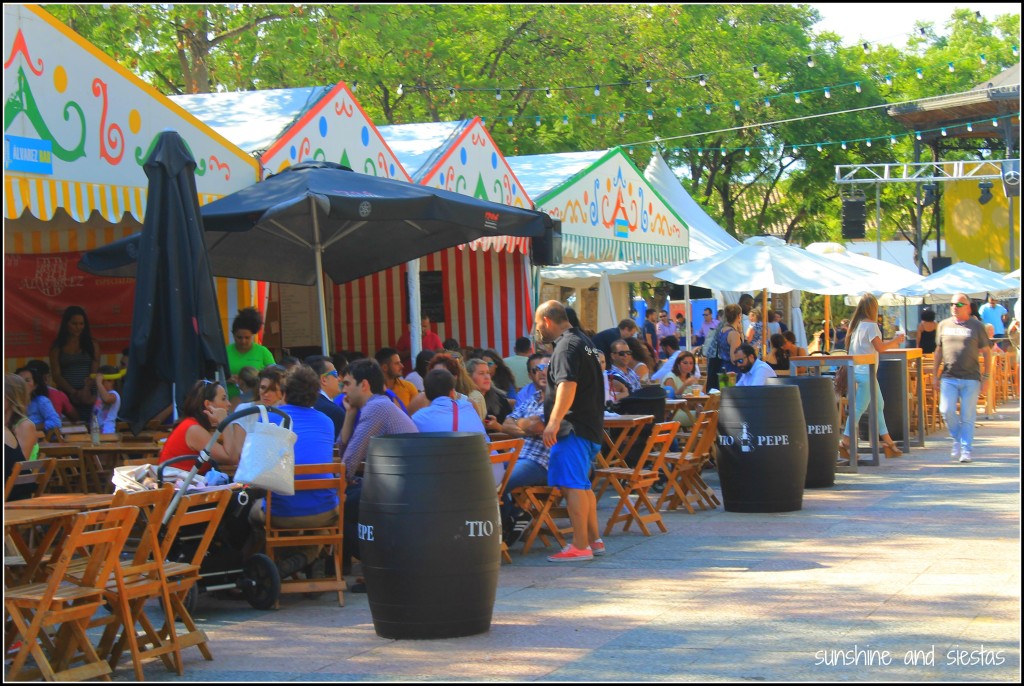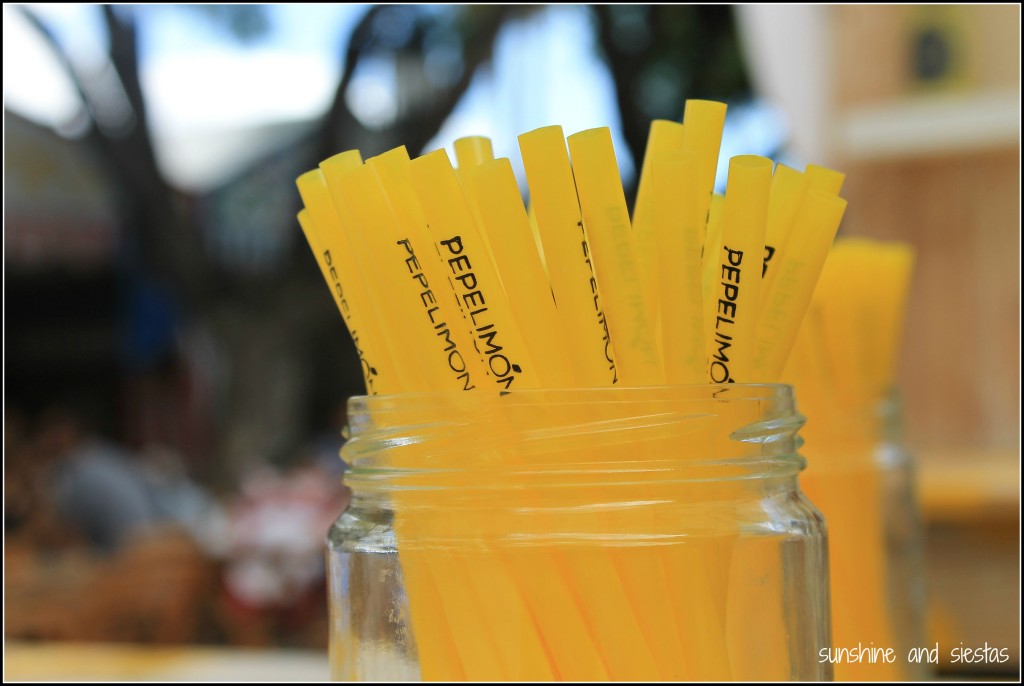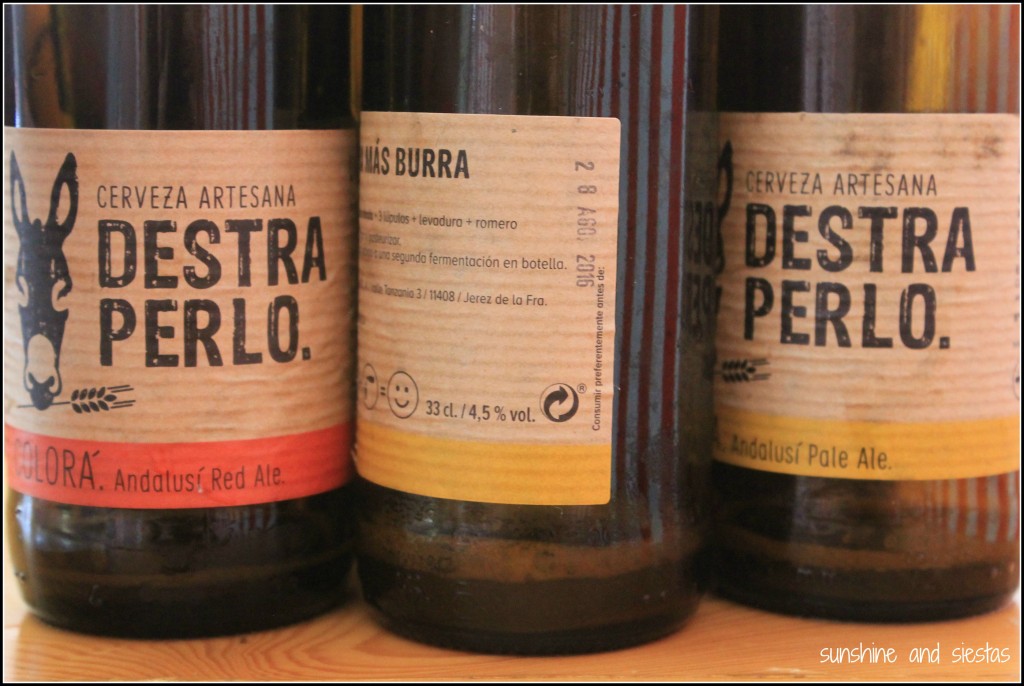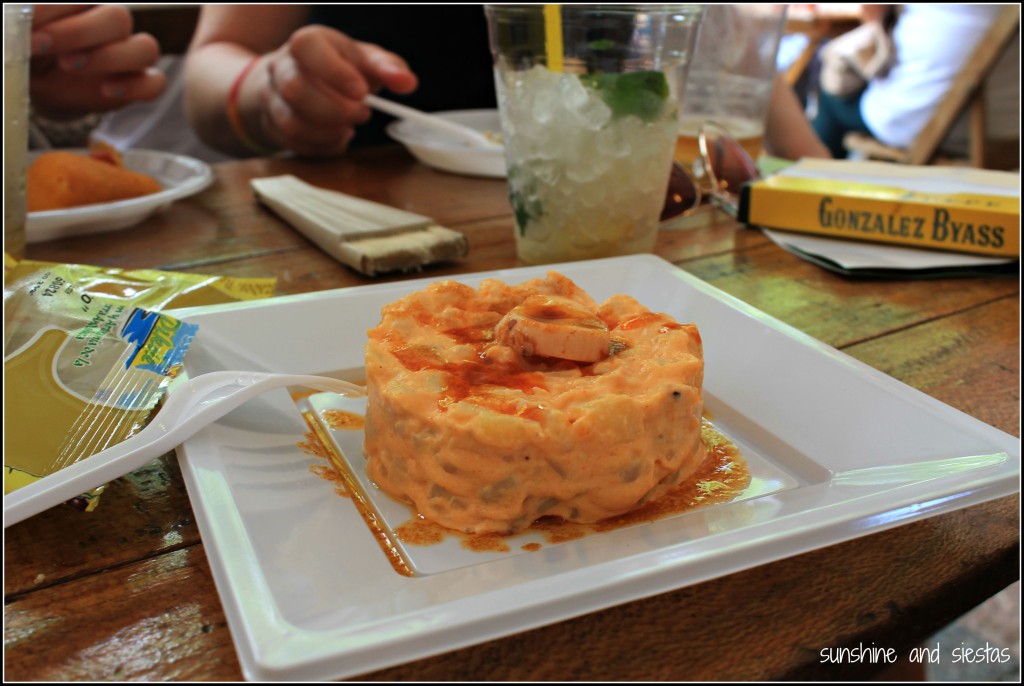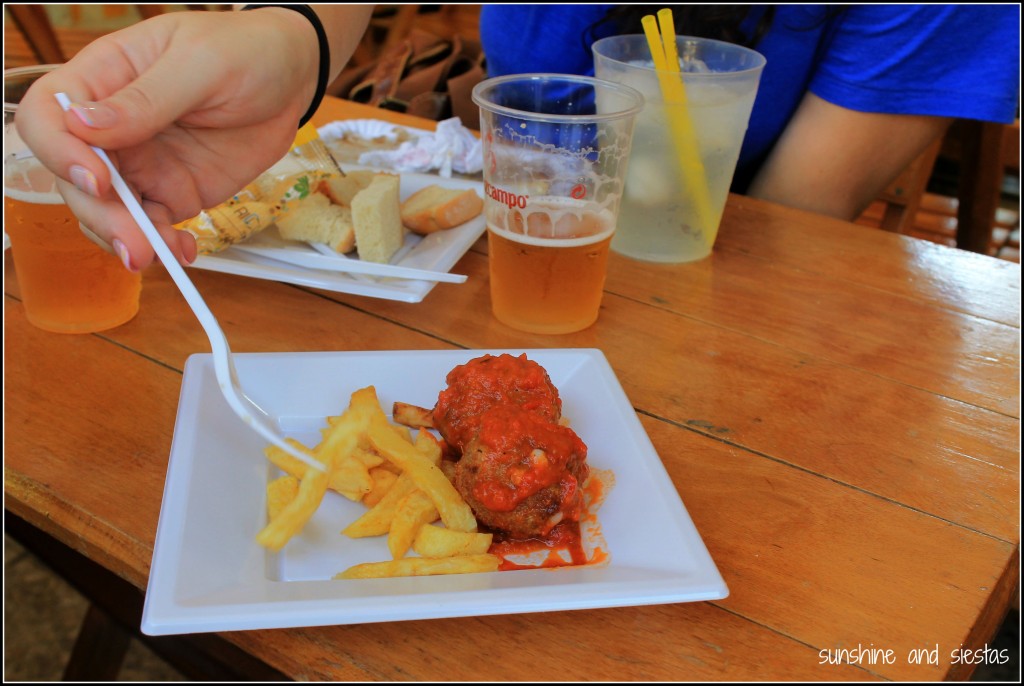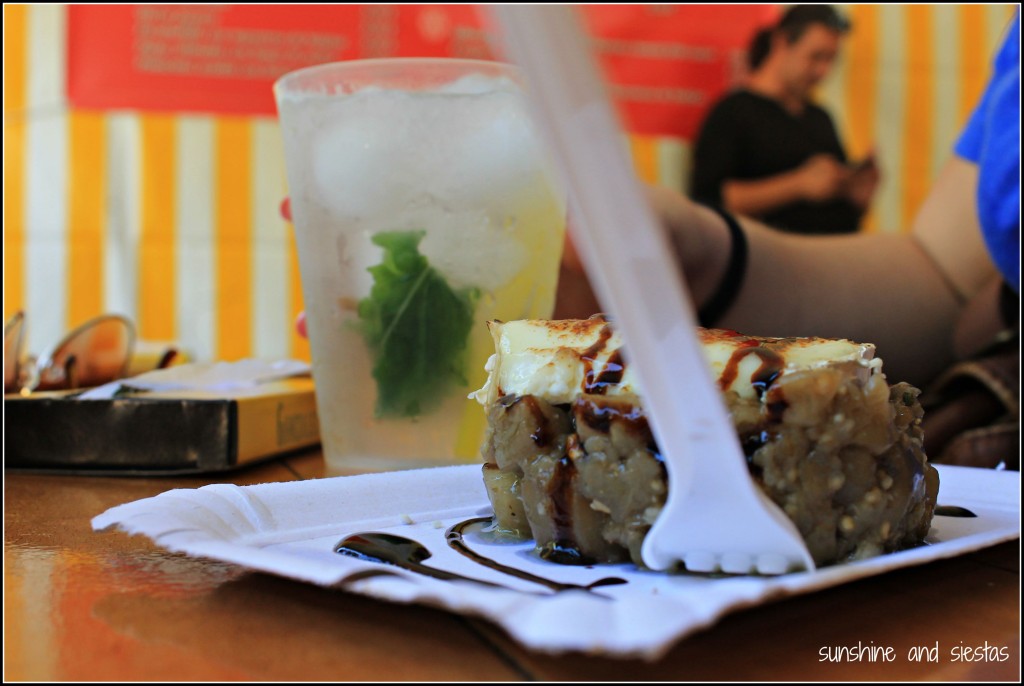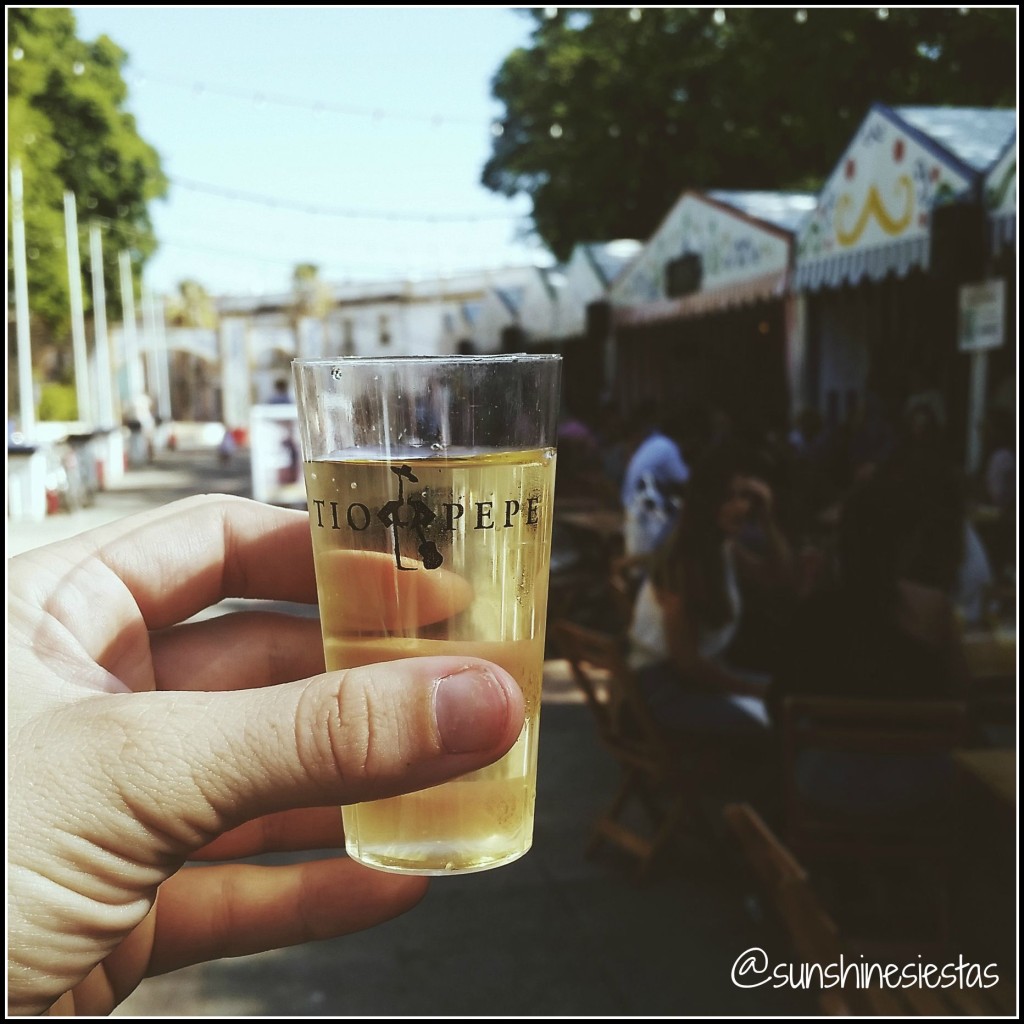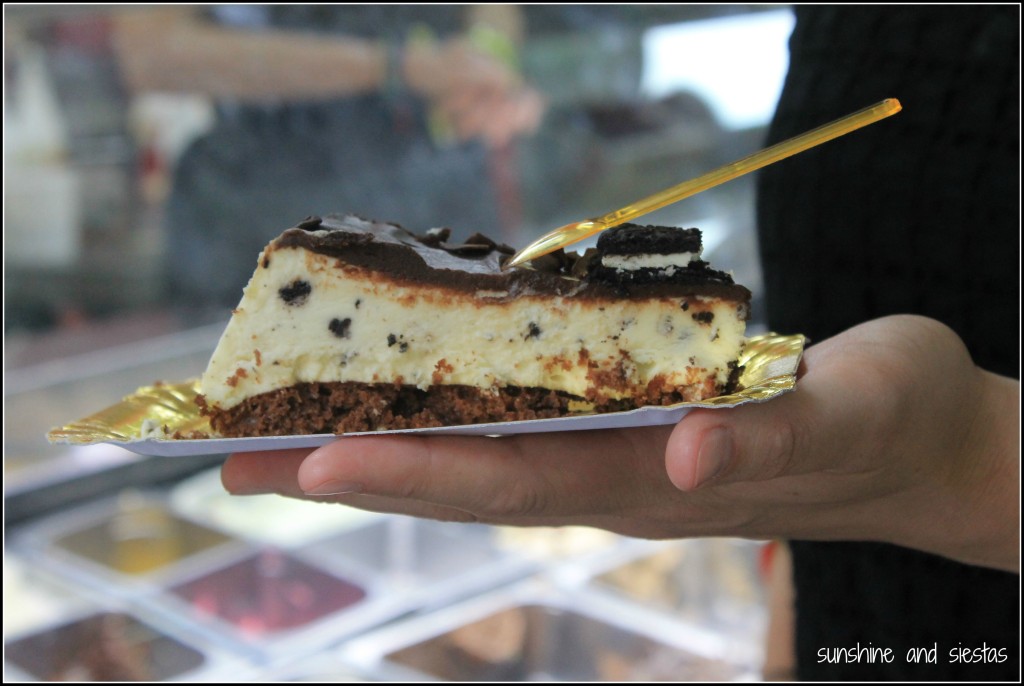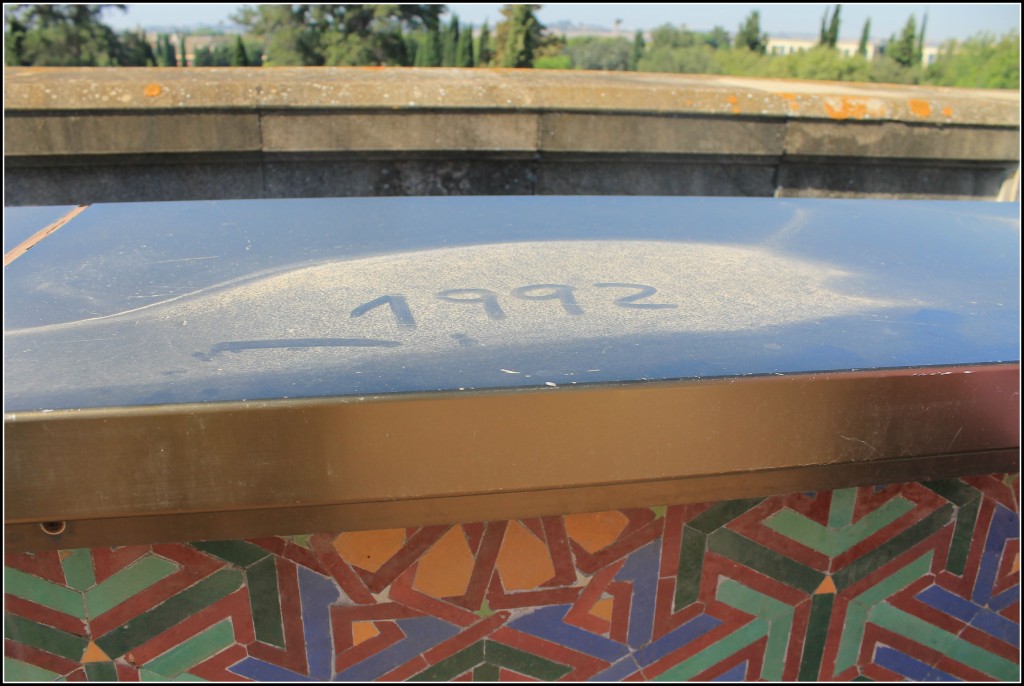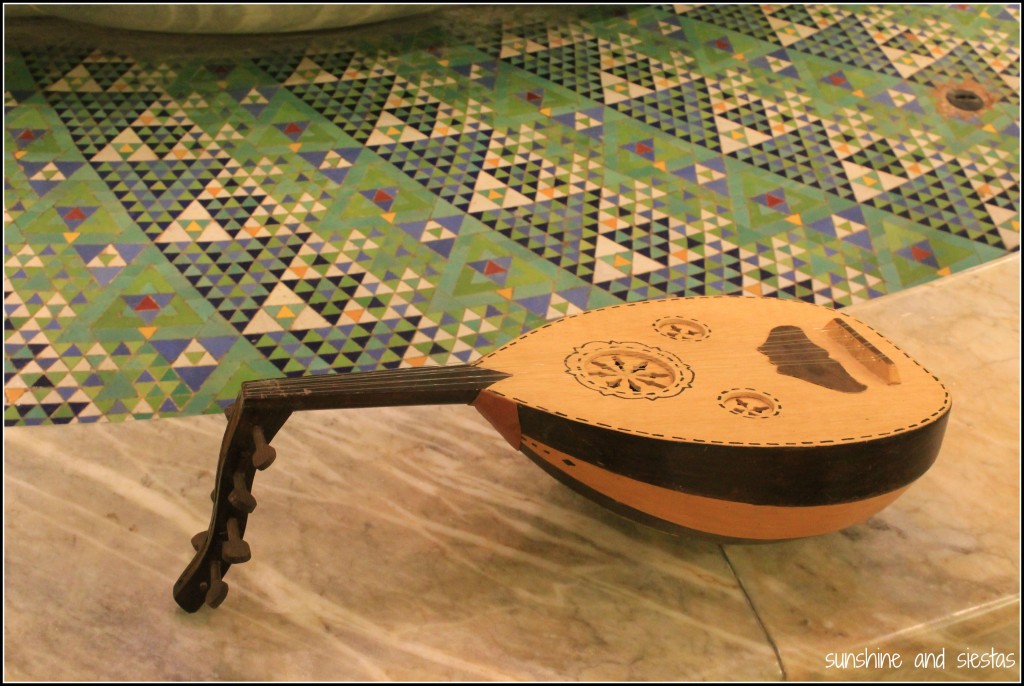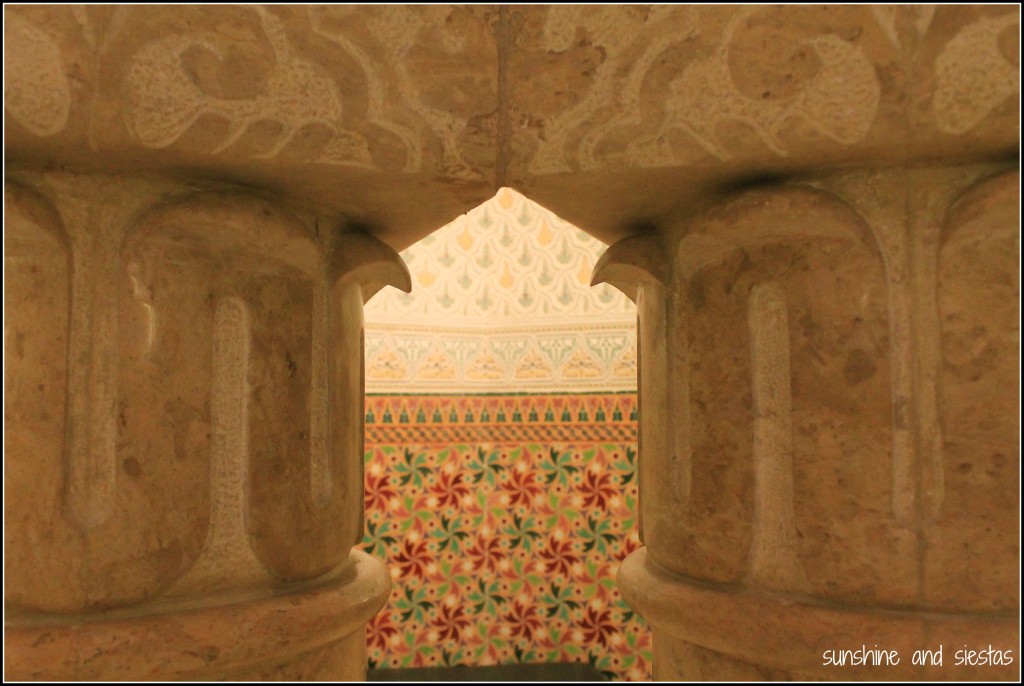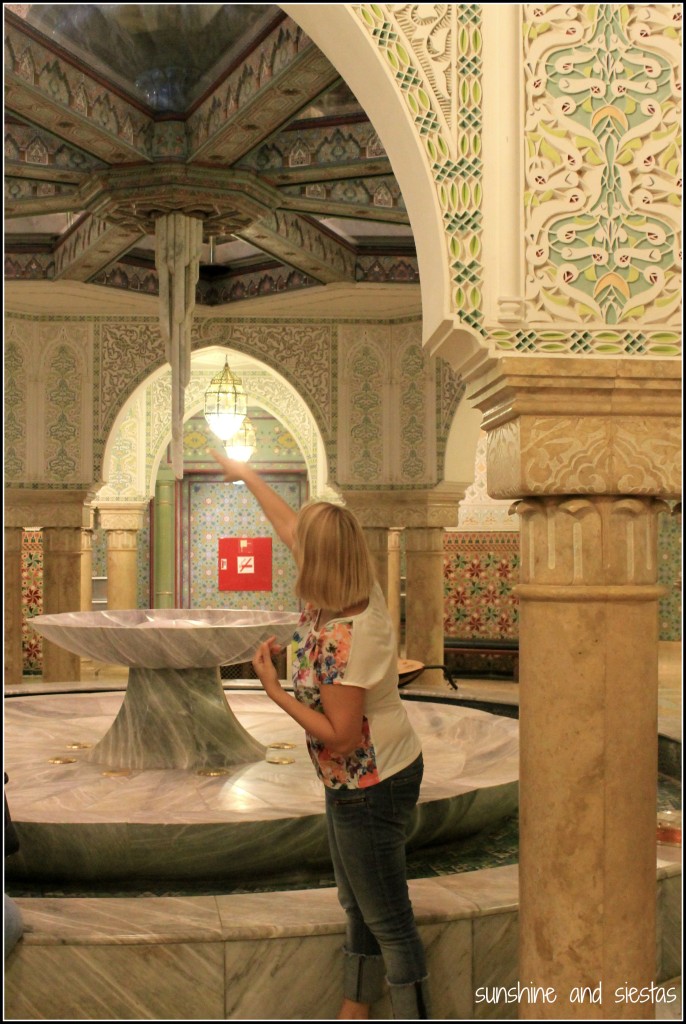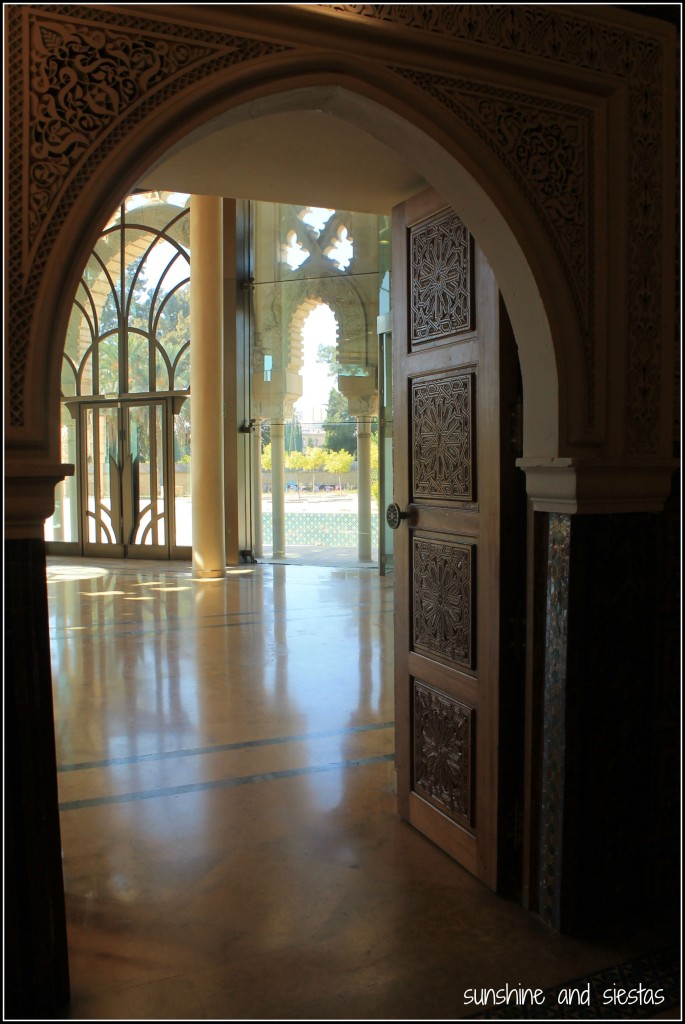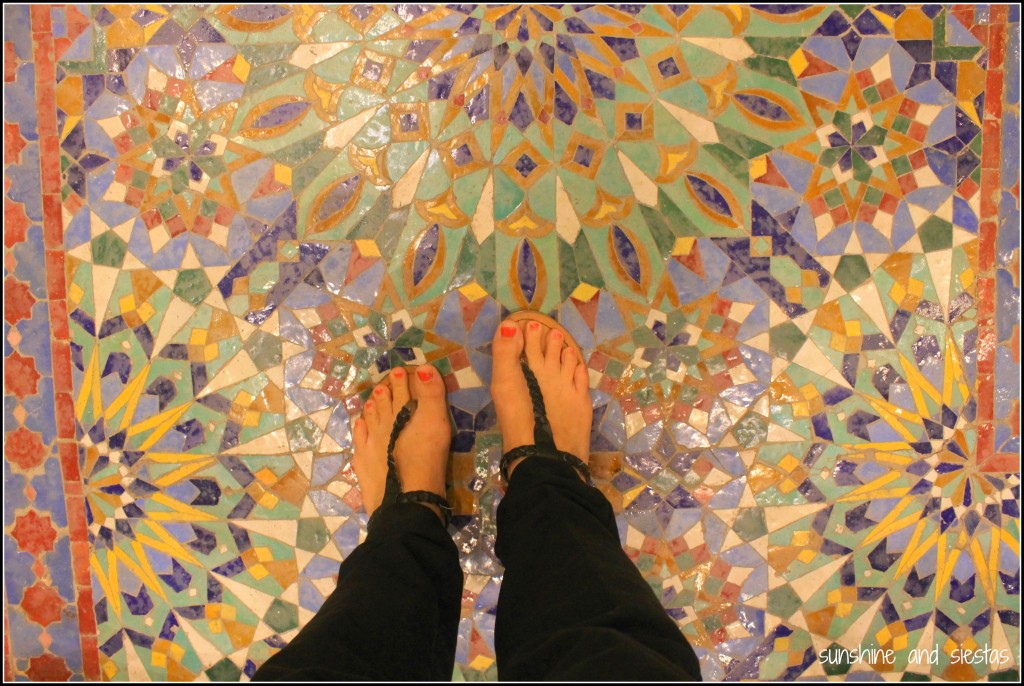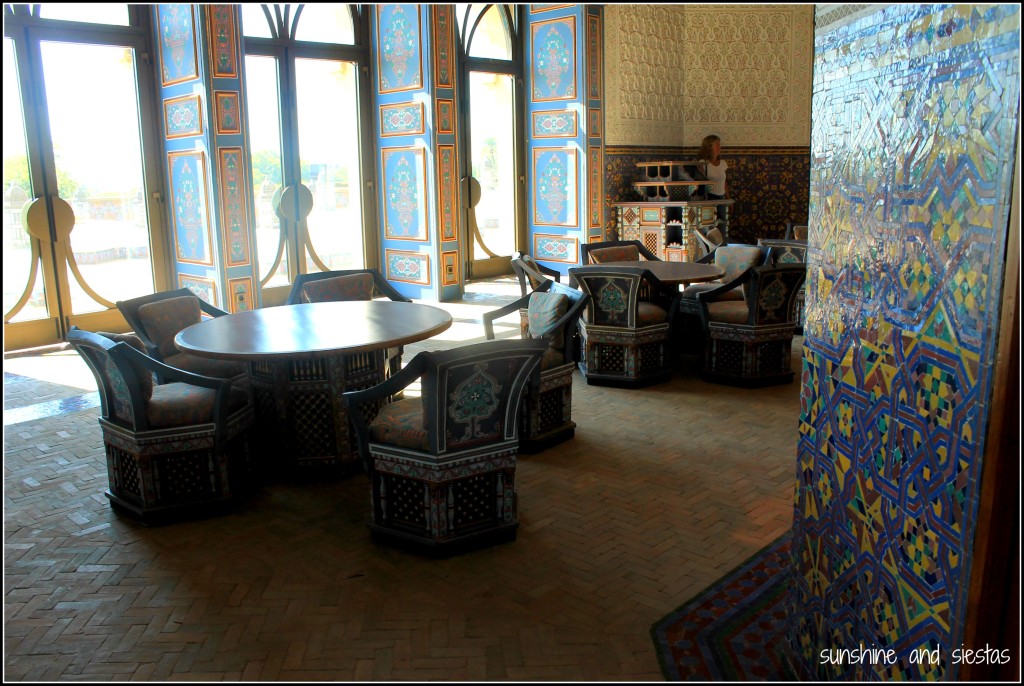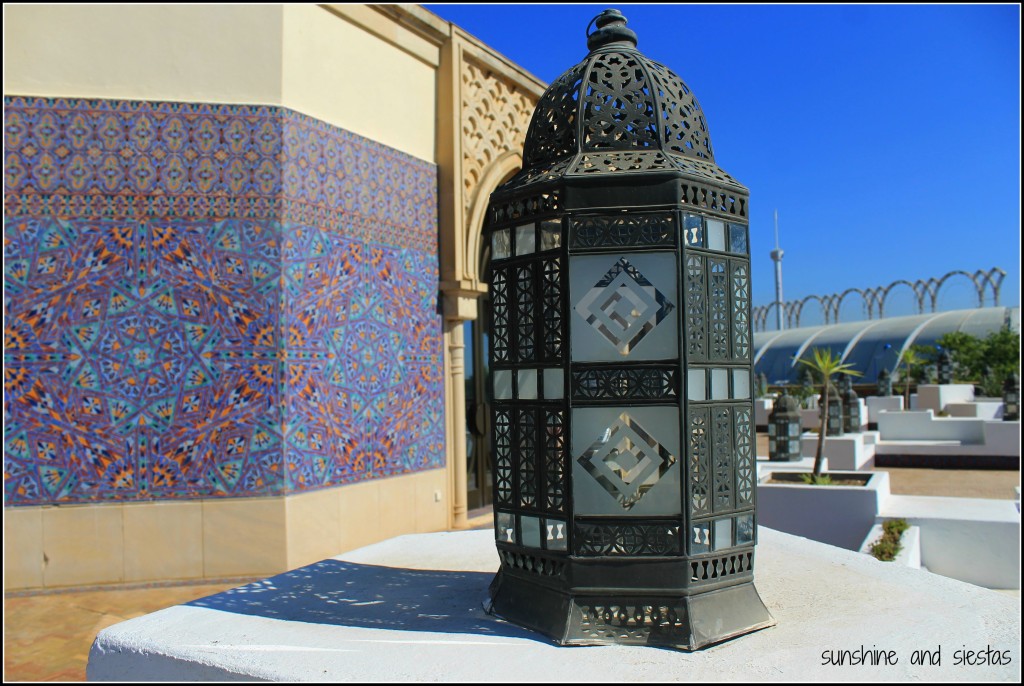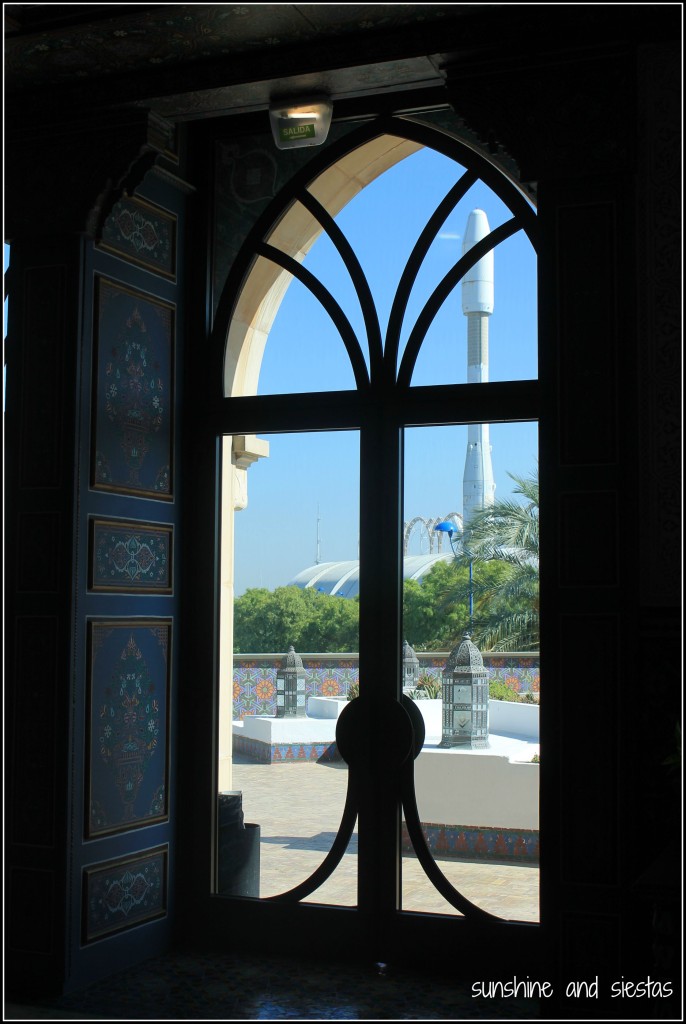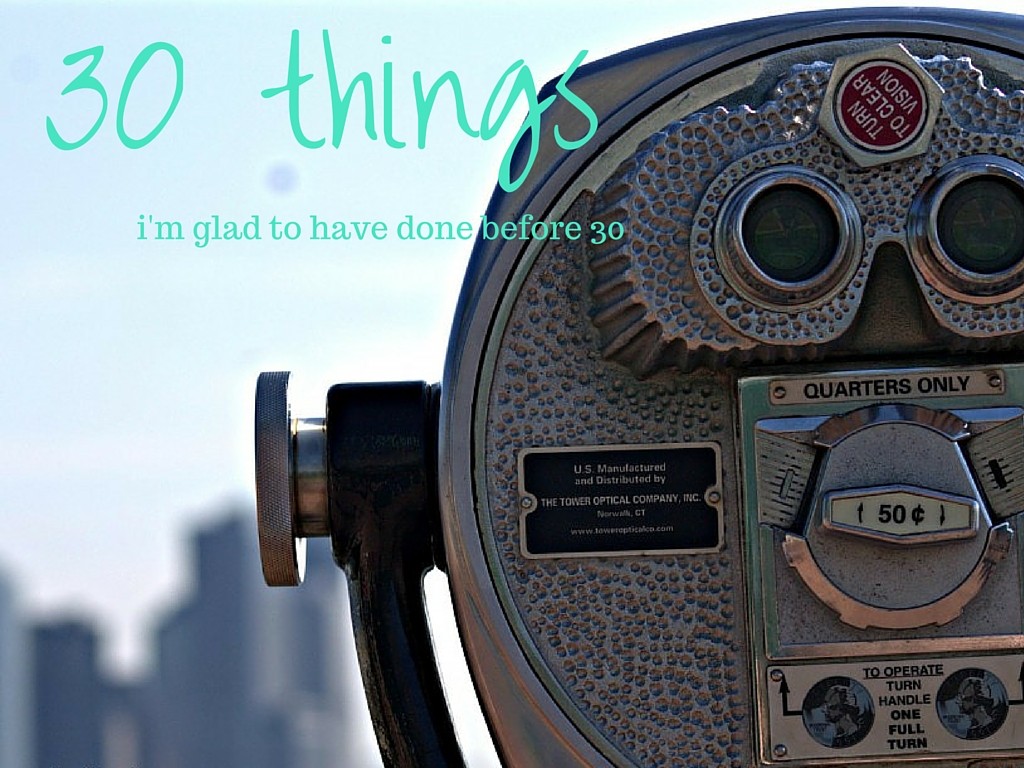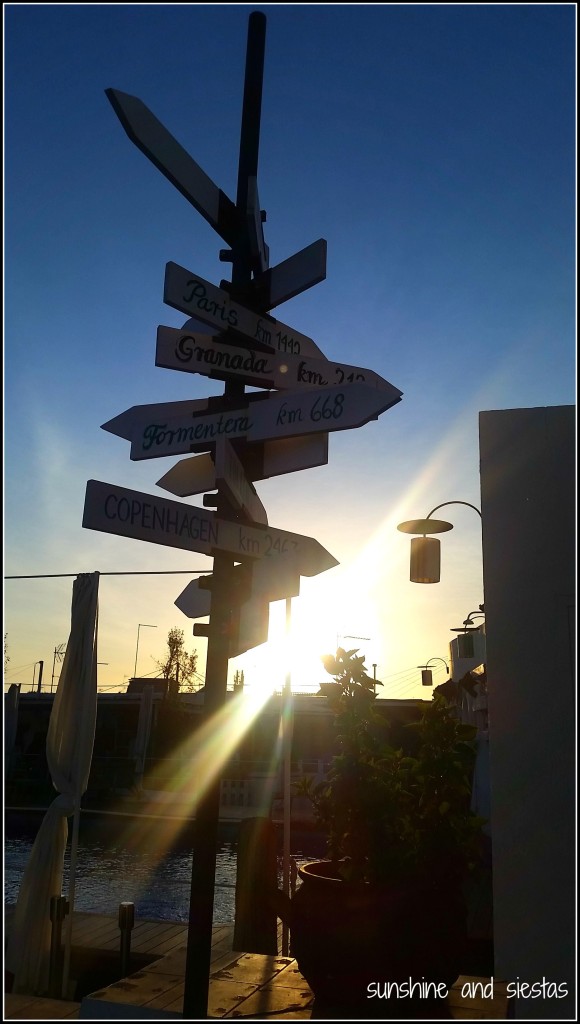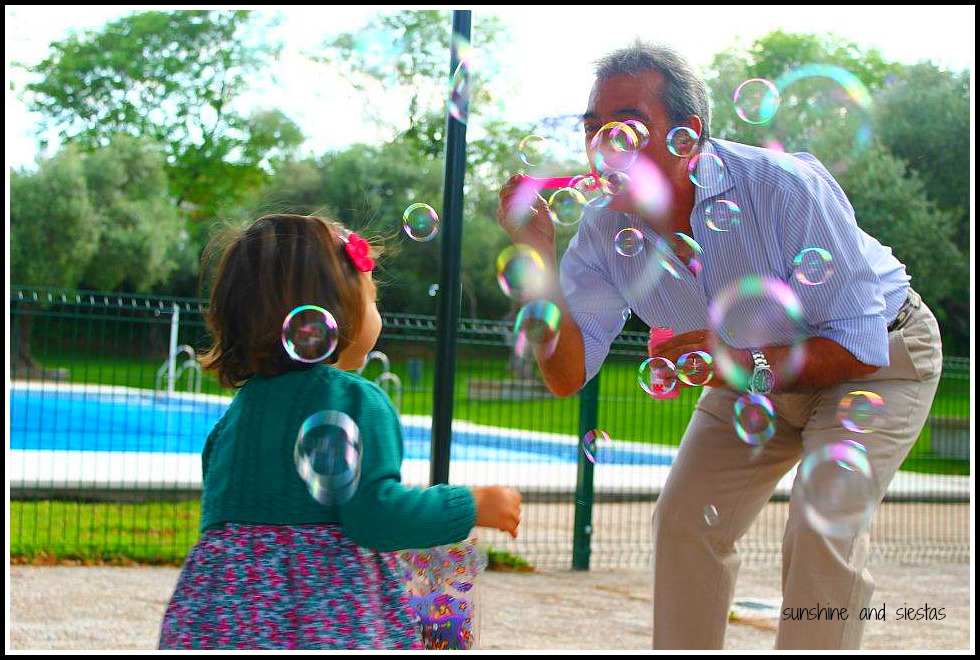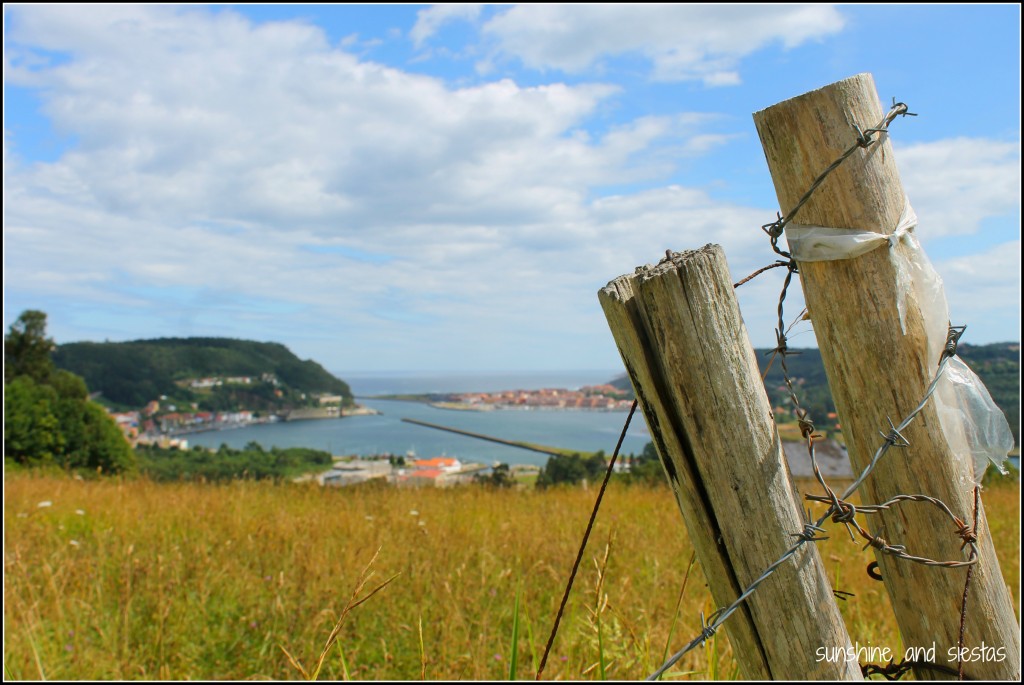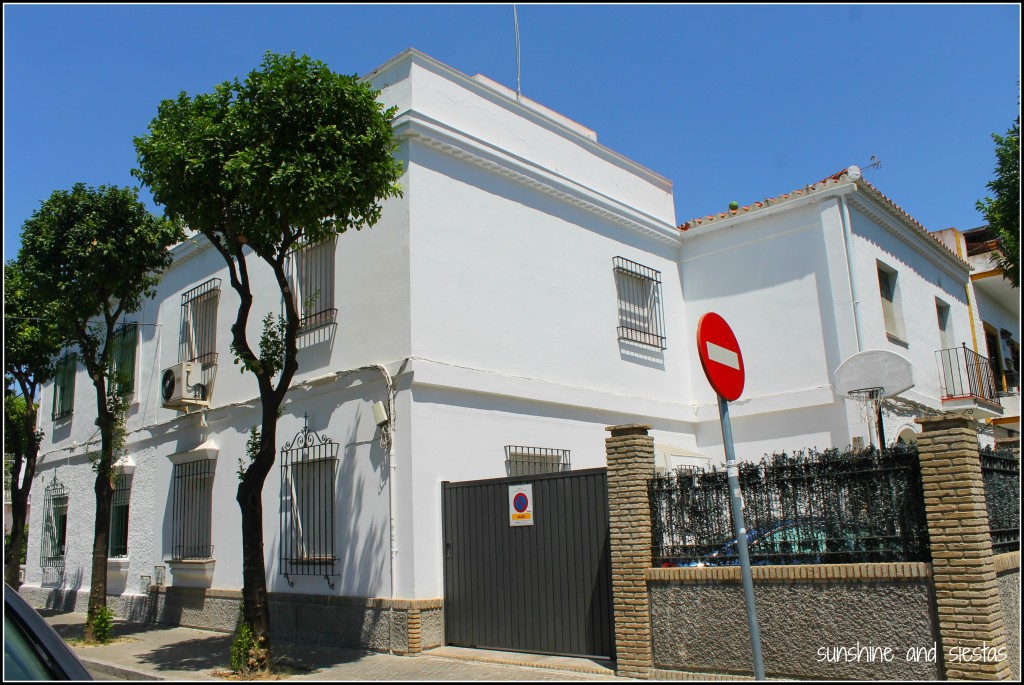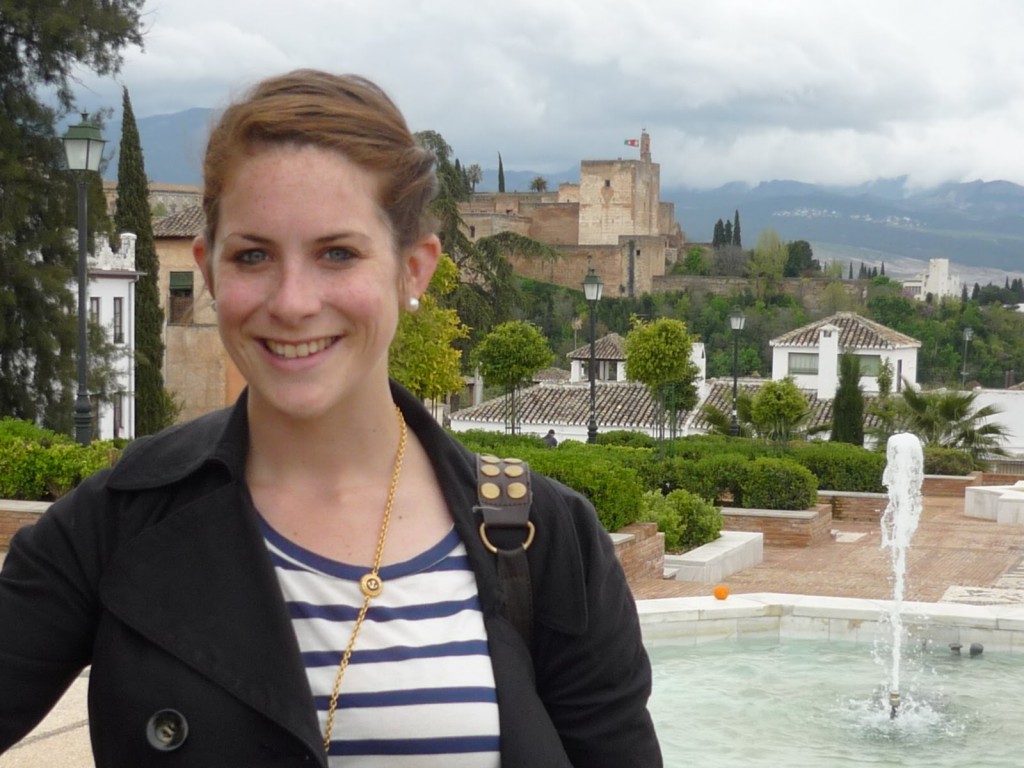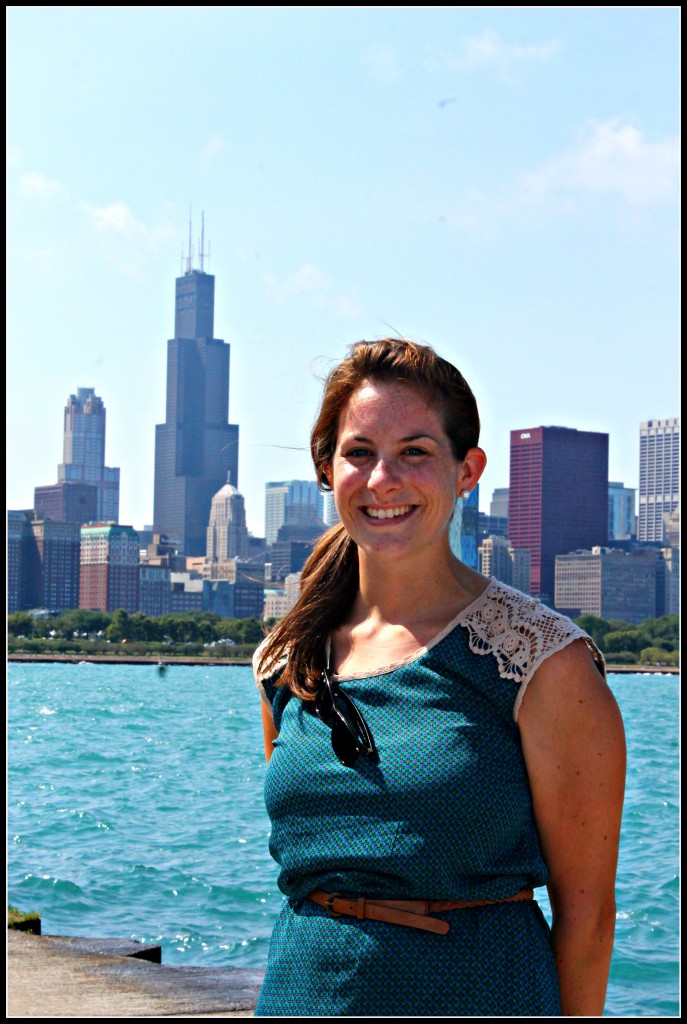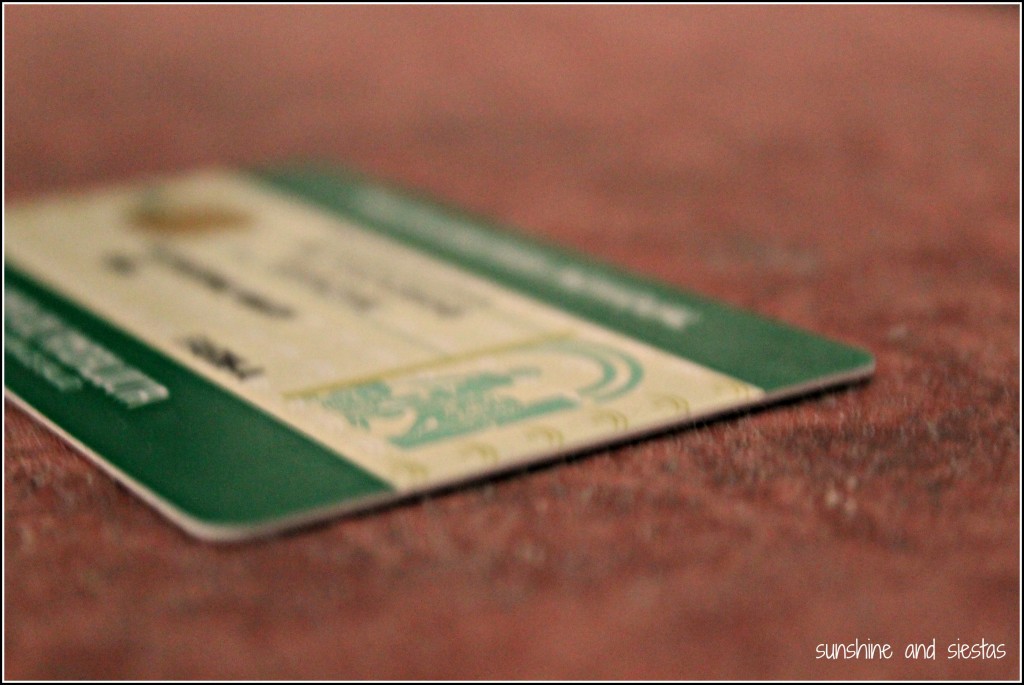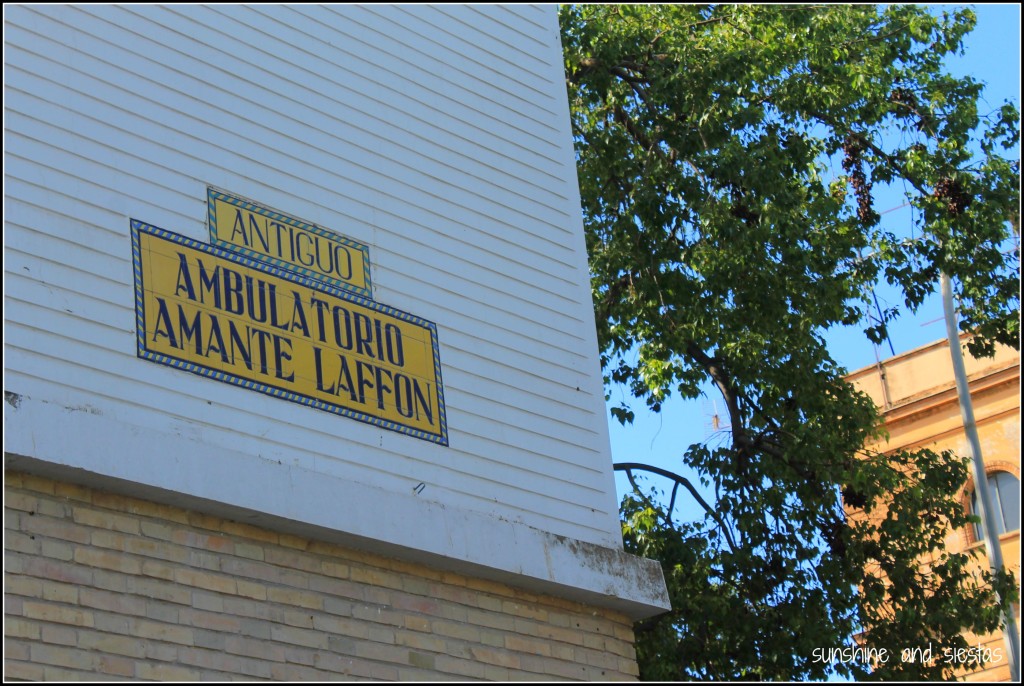The smell hits me like a pata de jamón to the head: a cocktail of bathroom disinfectant, spilled hand soap, ancient pipes and bleach. And that’s only if the person before me hasn’t bothered to flush.
Verdad verdadera: if you drink liquids, you have to pee. If you drink beer, you have to pee twice as much. And if you drink beer in Spain, you have to pee in a filthy, poorly lit bathroom that likely doesn’t have toilet paper (and if it does, you’d better steal what’s left of the roll and stash that contraband in your purse).
In the eight years I’ve lived in Spain, I’ve not been able to get over Spanish bathrooms.I’d do a silent fist pump when I’d find a few scraps of toilet paper, or a toilet seat, or even hand soap (also known as the váter Holy Trifecta) in a public bathroom.
But váter, you and I have to have a talk.

It was on a sweltering July night at an old man bar in my neighborhood that I actually considered shuffling three blocks back to house to use our facilities. But I’d had several vermouths, so I handed the Novio my purse and scuttled to the unisex bathroom.
The space was hardly larger than a broom closet (in fact, it probably once was), and my toes rested right next to the door when I closed it. I was wearing sandals, so the bottoms of my feet became soaked in who knows what. As I squatted, my butt hit the wet pipe attached to the flush, and I struggled to find the light switch in the dark. The pipes creaked as I attempted to flush a running toilet, so I gave up entirely, ran my hands under the faucet obsessively and ordered another vermouth (though grain alcohol to kill any germs might have been a better option).
I won’t call out any names here, but as a rule of thumb, if it’s a brightly-lit cervecería frequented by old men, you shouldn’t expect anything special. A step up might be a restaurant frequented by the same old men. I won’t even get into the toilets at discos – particularly the outdoor terraces in the summer. I mean, even the Parador de Zafra, a luxury hotel owned by the Spanish government, has a problem keeping toilets stocked with toilet paper!
Not all hope is lost – any place that caters to tourists or business travelers has a better shot at possessing the Váter Trifecta. But Andalucía seems to be the worst when it comes to bathrooms. A friend of mine runs food tours and trained her Seville guides to always bring a small pack of tissues for tour guests, lest they be forced to drip dry.
My buttload of gripes has grown as I’ve gotten older. I mean, I went to a large Midwestern University where Saturday morning tailgating meant either sneaking into a stranger’s house on Melrose Court, or finding an alternative solution. But a civilized country deserves a civilized sort of outhouse.
First off, women’s restrooms in Spain tend to double as storage closets for empty beverage bottles, stacking crates and even cleaning supplies (so where the cojones do they keep the toilet paper?!). On more than one occasion, I’ve had to crawl over a pile of crap just to get to the toilet.
I’ve made it abundantly clear that toilet paper is noticeably absent in a high percentage of bathrooms. If you’re a lady, whenever you feel the urge, you either have to rummage around in your purse for kleenex, discreetly ask a friend, or grab a wad of napkins from a table. But Spanish napkins aren’t designed to do anything more than mop up wax, so you’re better off not even trying with them. Note to self: add Kleenex packets to my shopping list.
But don’t throw tissue (or waxy napkins, or really anything non-liquid) into the toilet bowl, because you will cause stress on already overworked pipes and clog the toilet. I once made that mistake and couldn’t show my face in that bar for two months – TWO months! But don’t worry, there will be a NO TIRAR PAPELES AL WC sign affixed somewhere in the room just in case you forget. “We won’t replace the toilet paper for months because we don’t want you to accidentally throw it in the bowl” seems to be every old man bar’s mantra.
Soap and paper towels have no place in a Spanish bathroom either, so even washing your hands can be futile. Alternatives are your jeans, your jacket, or simply walking out of the toilet with wet hands, people moving away from you as if you were covered in blood or leprosy sores. Makes you want to wipe your hands on the bartender’s jeans instead.
And let’s talk briefly about you can only use bathrooms if you’ve had a consumición at the bar? I’ve had to resort to slamming a beer and beelining to the bathroom or ordering a scalding café con leche and have it sit waiting for me as I squatted over yet another shitty (pardon the pun) latrine. Even the holes in the ground in China and Turkey seem more sanitary than the “marvels of modern plumbing” in Iberia.
My first vision of Spain was from a bus that pulled into my study abroad city, Valladolid. I pulled the Iberia blanket off of my head and groggily stared out the window as we stopped at a stoplight. A young mother was holding her child at arm’s length as the little girl let out a steady stream of pis. On the street. In plain daylight. Consumption at a bar be damned, this kid is peeing on a tree.
Pues nada.
This post is a little NSFW, yes, but a constant topic when I’m with my guiri friends. Have any other bathroom gripes to add?
